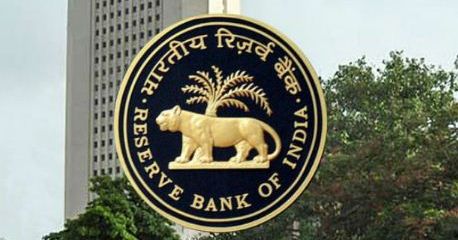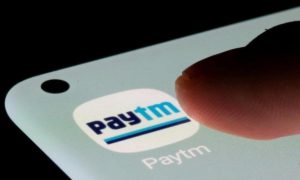Technology for MSMEs: The Reserve Bank of India’s proposal to link UPI with RuPay credit cards will enable the adoption of UPI across businesses with multiple use cases for merchants like overdraft facilities, capture and hold facility, and invoicing support, the central bank said in its August bulletin. The linkage should give a fillip to UPI person-to-merchant (P2M) transactions which stood at Rs 769 per transaction in July 2022. The move would also contribute to the rising share of P2M transactions in total UPI transactions, the RBI said.
Read More:-Anand Mahindra shares Rakesh Jhunjhunwala’s ‘most valuable and profitable investment advice ever’
“Currently, over 26 crore unique users and 5 crore merchants are on the UPI platform,” RBI Governor Shaktikanta Das had said announcing the regulatory move in June. According to the data from the National Payments Corporation of India (NPCI), 628.8 crore transactions amounting to nearly Rs 10.63 lakh crore were processed through UPI in July 2022, of which 299.9 crore were P2M transactions amounting to Rs 2.30 lakh crore. For the year-ago period (July 2021), 324.7 crore UPI transactions involving Rs 6.06 lakh crore were processed, of which 125.7 crore transactions were P2M amounting to Rs 99,597 crore.
Fintechs also echoed the RBI’s view that linkage would get more merchants on the platform. “Today many merchants don’t have credit card point of sale (PoS) terminals, especially in semi-urban and rural areas but all these have UPI QR code-based acceptance. All such merchants will be able to accept credit payments via UPI,” said Mandar Agashe, Founder & MD of payments solution company Sarvatra Technologies.
The linkage will further increase the usage of UPI even for large ticket items as the users can have a balanced option to choose how they can pay. “Thus, it will widen the digital payments footprint in India, bolster merchant partnerships of card networks starting with home-grown payments system RuPay and eventually other international players like Visa and Mastercard to elevate customer payments experience,” said Muralidharan Srinivasan, Head of Payments, APMEA Region, FIS. The company provides technology solutions to merchants, banks, and capital markets firms globally.
The digital merchant payments space, in fact, is expected to bring the next wave of disruption in the overall payments ecosystem as 75 per cent of merchants are now covered via QR and also through greater penetration and UPI enablement of credit cards, said a report by BCG and Matrix Partners India last week.
Read More:-Tata group stock gearing for gains, charts show; share price may rally 14% in 3 months
Meanwhile, the bulletin also noted the “need for providing timely and seamless credit to agriculture and MSME sectors.” While the RBI is engaged in encouraging initiatives in areas such as MSME lending through its Regulatory Sandbox, other stakeholders such as banks and fintech companies are also collaborating to provide digital credit delivery mechanism in a cost-effective and hassle-free manner, central bank said.
Credit flow to the MSME sector has remained buoyant over the past few months. According to the latest SIDBI-TransUnion CIBIL MSME Pulse Report, the total credit disbursements to MSMEs increased by about 43 per cent in Q4 FY22 from the year-ago period. While bank credit to medium industries grew by 47.6 per cent in June 2022 on top of 59 per cent growth a year ago, credit growth to micro and small industries accelerated to 29.6 per cent in June 2022 from 11.6 per cent in June 2021.





































